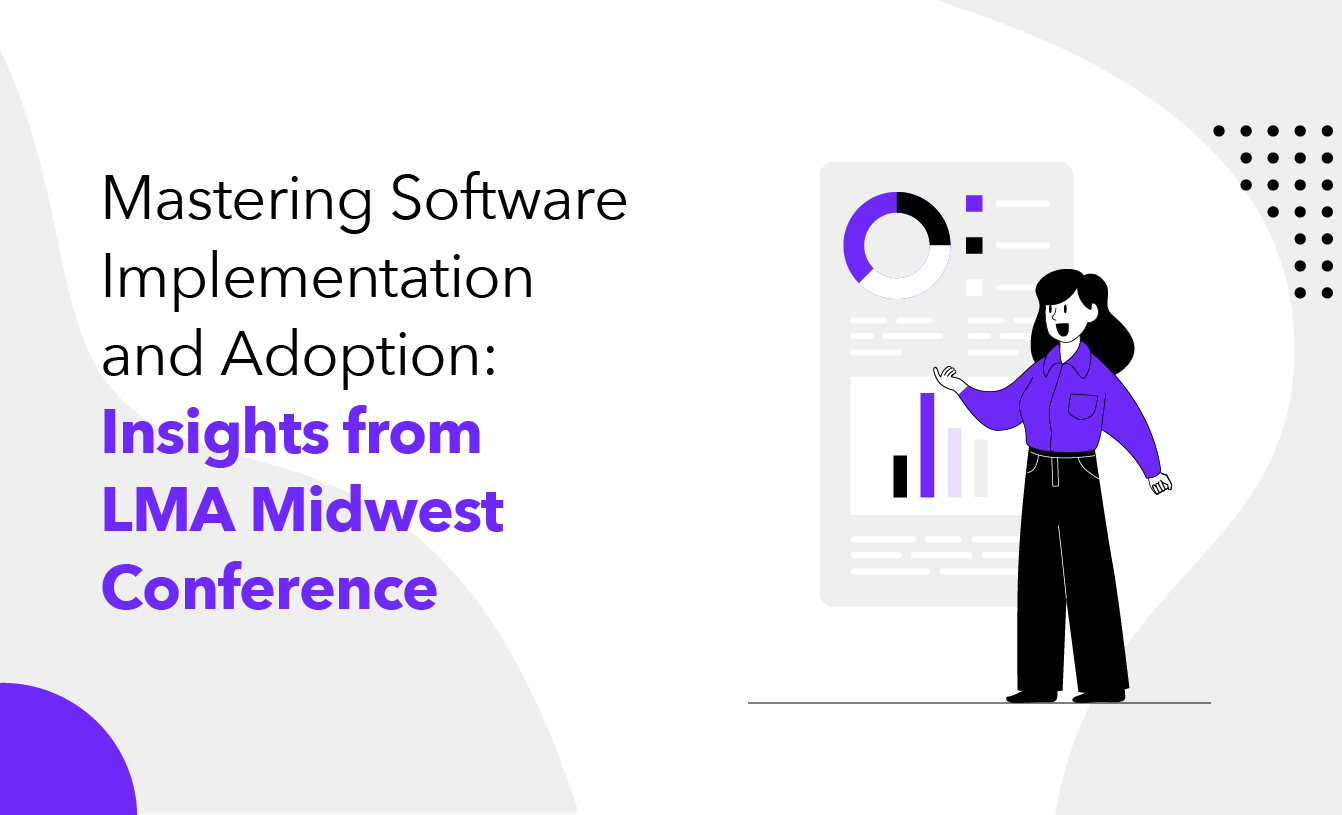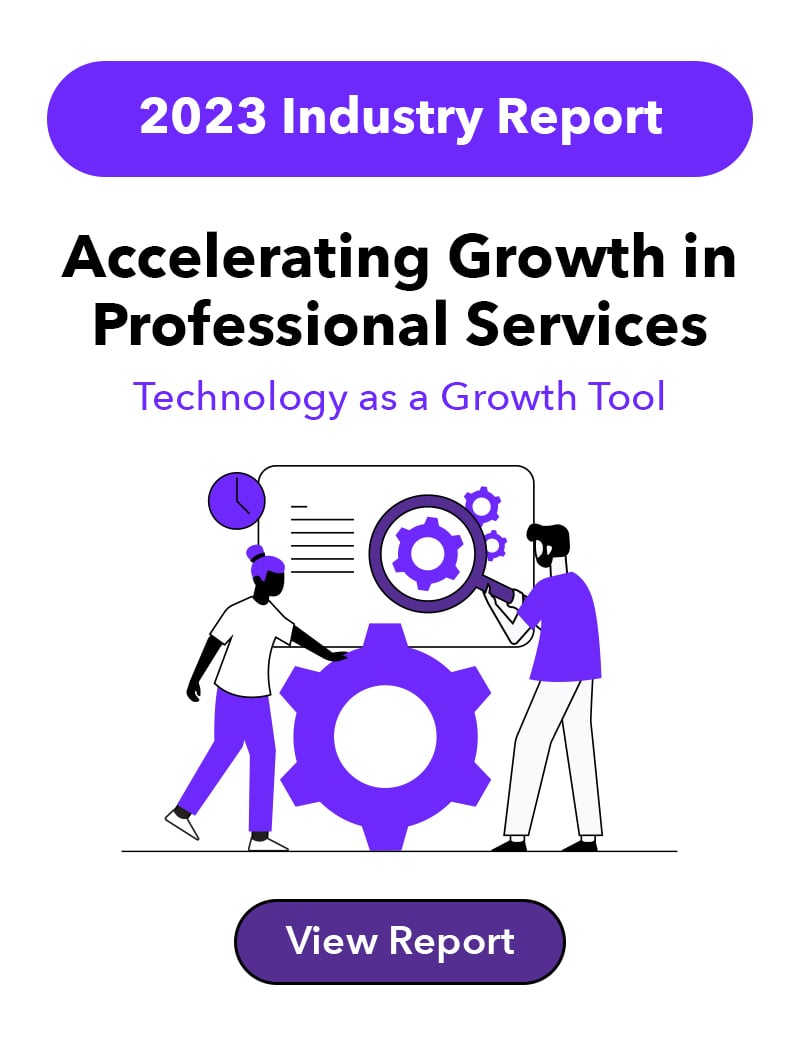I recently hosted a panel discussion at the Legal Marketing Association (LMA) Midwest Conference that tackled a critical challenge faced by the legal industry: successful software implementation and adoption. The session, titled "You Bought It, Now What? Best Practices for Successful Software Implementation and Adoption," featured a distinguished lineup of experts from the legal marketing and technology world.
As the Director and Head of Partnerships at Pitchly, I moderated the panel comprised of:
- Christy A. Tedesco, Senior Marketing Technology Manager at Sheppard Mullin
- Roy E. Sexton, Director of Marketing at Clark Hill
- Josh Anisfeld, Chief Digital Officer at Baretz+Brunelle
During the conversation, the impressive group of legal marketing experts shared their invaluable insights and experiences that our audience could carry into their own careers. I wanted to highlight some of the most enlightening takeaways from the discussion so that even those who weren’t able to join us at the conference can get the insider information.
Embrace Technology, Don't Fear It
The first and most fundamental takeaway from the panel is to embrace technology, not fear it.
In the legal industry, as in many others, there is often a reluctance to adopt new technologies due to concerns about disruption, security or the learning curve. However, the panelists emphasized that technology is a powerful tool that can enhance efficiency and productivity when used correctly.
In my experience, it’s best for organizations to view technology as a strategic enabler rather than a disruptor. With technology, you can enhance the things you’re best at and get a helping hand with pain points in your processes.
Form a Steering Committee
Successful software implementation and adoption require a structured approach. The panel recommended forming a small steering committee comprising influential leaders and potential users within the organization.
These individuals can provide valuable input during the technology acquisition process and guide the implementation and adoption strategy. Their insights help ensure that the chosen technology aligns with the firm's goals and the needs of its users.
Pilot Testing Is Crucial
Before launching a new technology firm-wide, it's essential to conduct pilot testing. This phase allows you to demonstrate the proof of concept, work out any kinks, and refine the implementation strategy.
Christy A. Tedesco shared her experiences at Sheppard Mullin, where they implemented a pilot program successfully. She emphasized that this approach can help identify and address any issues or limitations before they become widespread challenges.
Embrace Internal Influencers
Internal influencers play a pivotal role in driving technology adoption within the organization. These individuals can be enthusiastic advocates for the software, encouraging their peers to embrace it.
Josh Anisfeld highlighted the importance of identifying and onboarding such influencers. Their enthusiasm and expertise can be contagious and help create a culture of technology adoption. They can also identify novel use cases through their experience as a power user and share the knowledge with other members of the team.
Commit to Continuous Communication and Advocate
To ensure ongoing technology adoption, creative and consistent communication is key. The panelists recommended strategies such as success stories, statistics showcasing the software's impact, interviews with super-users, and executive advocacy. These methods not only inform and educate staff but also inspire and motivate them to make the most of the technology.
Roy E. Sexton emphasized the need for open and transparent communication to build trust and enthusiasm among the team.
The panel discussion was extremely enlightening on how you can make that next step after you select software most effective. While it’s important to be intentional about the technology that you select, the way that you implement that technology is the ultimate indicator of how successful that technology is at solving the problem you chose it to address.
In a rapidly evolving legal landscape, adopting technology is not just a choice but a necessity to remain competitive and provide top-notch service. As the legal industry continues to adapt to the digital age, the advice shared by the panelists serves as a roadmap for success in adopting and implementing technology effectively. Embracing technology with the right strategy and approach will propel legal organizations toward a brighter and more efficient future.
 Oct 24, 2023
Oct 24, 2023




